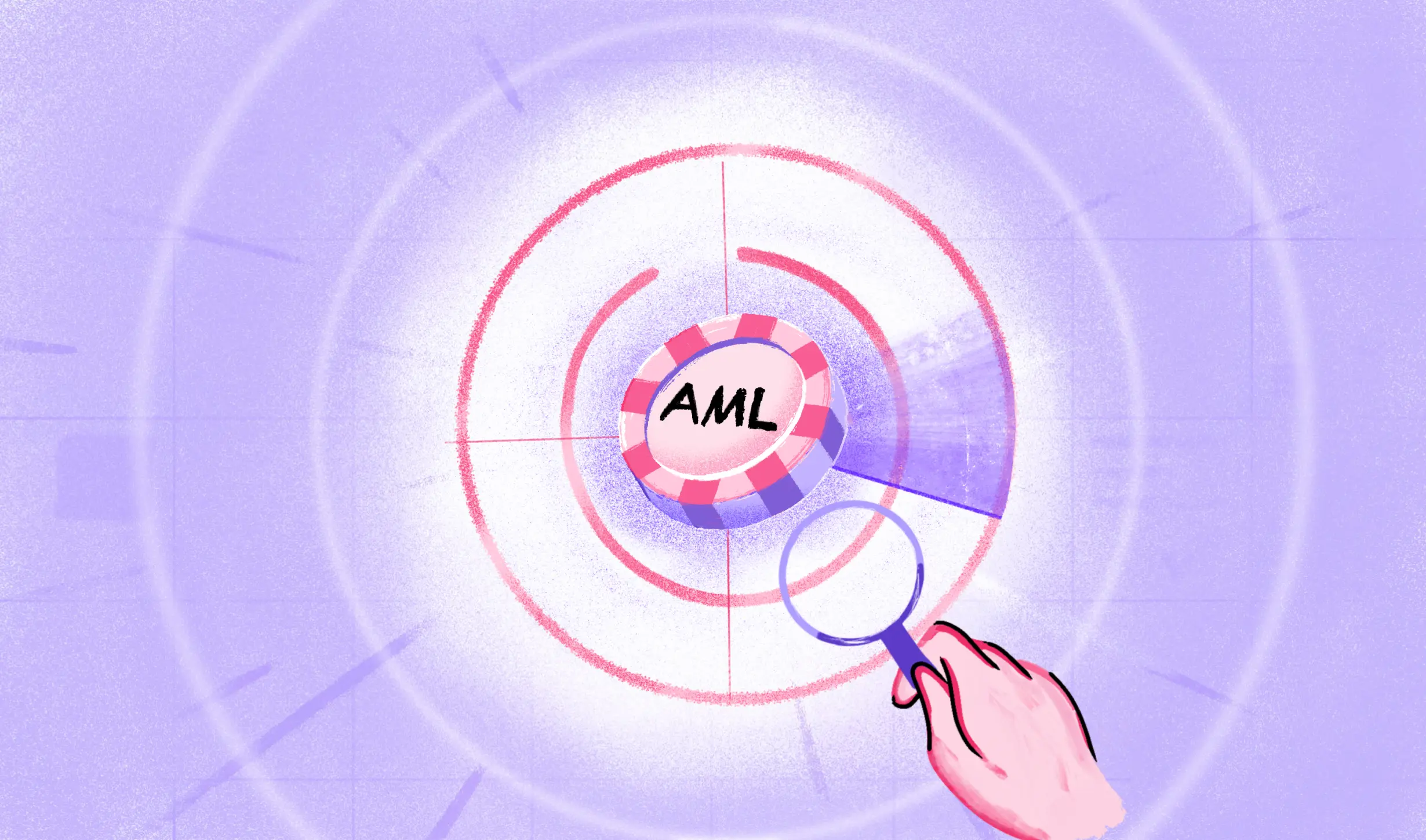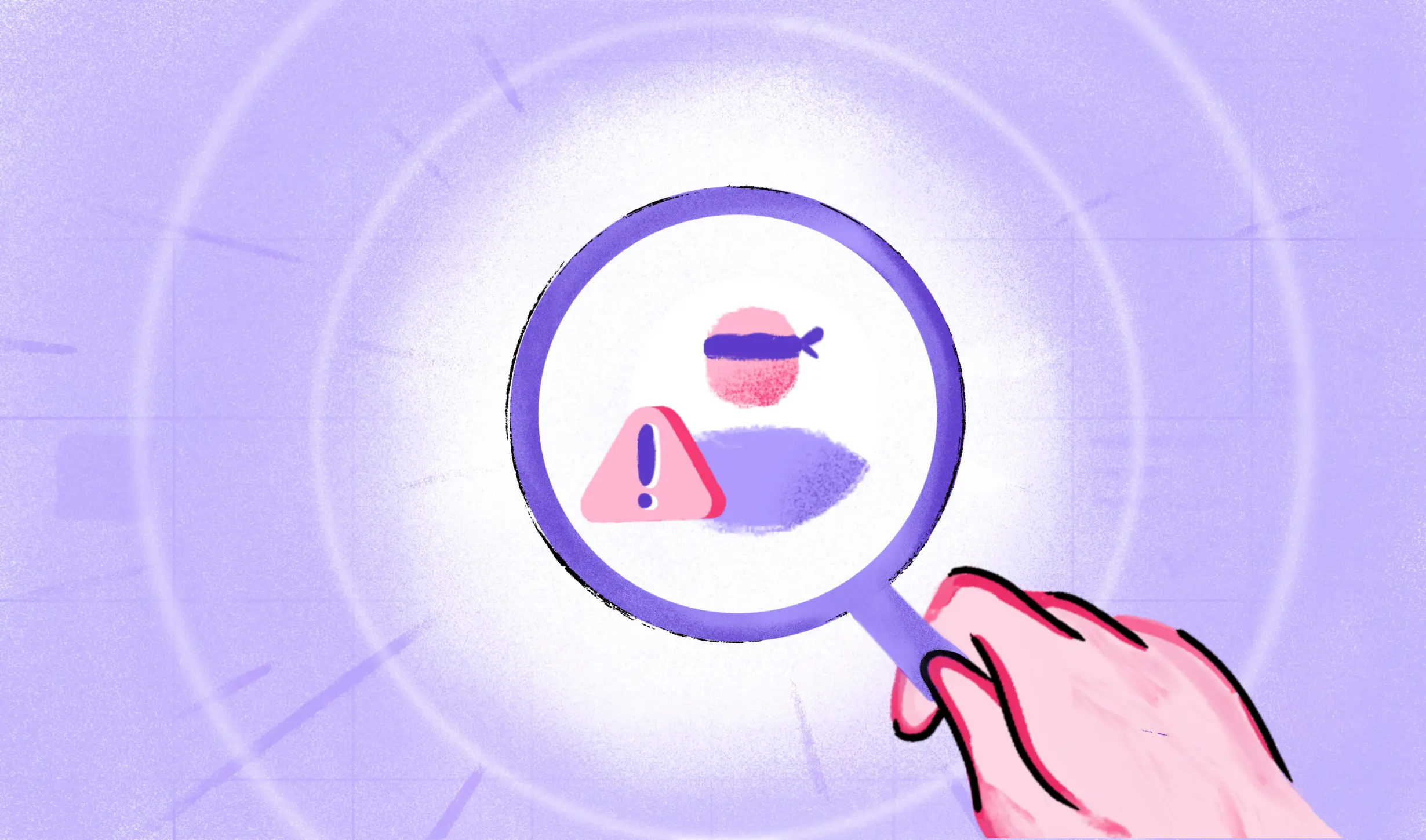From the fringes, compliance has now evolved to take center stage in an organization’s business operations. There are many checks and balances that organizations deploy to have well-oiled compliance set up. Among them, end to end KYC process (Know Your Customer) is viewed as a wholesome framework to manage the increasing compliance burden.
KYC procedures are an important tool to assess risks and legal requirements for meeting local and global standards for AML (anti-money laundering) compliance. Organizations these days, especially banks, look to implement end to end KYC process to stay compliant.
Why do you need to streamline the KYC process?
Compliance rules are dynamic and subject to change with changing regulations. Often, when a new act or rule is introduced, a set of compliance norms come into force. With so many compliance norms in place, differing with sector, industry, and jurisdiction, it is essential to streamline the end to end KYC process to manage risks and protect the organization from fines and liabilities.
For customer onboarding, customer due diligence, and AML processes, organizations need to step up and evaluate their existing methods of gathering customer information as part of KYC. Some benefits of streamlining the process are:
- Accelerate customer onboarding process
- Reduce compliance burden of teams
- Cut lengthy delays and workload
Digitization and increased penetration of technology offer both threats and opportunities. Technological intervention in the end-to-end KYC process can help to combat illegal activities that target organizations. Failure to do so can also attract huge fines. Recently, the RBI (Reserve Bank of India)) levied fines on three entities for failing to comply with KYC guidelines. In another instance, enforcement actions by UK regulators against two of the largest banks showcase the loopholes in the KYC framework and similar penalties.
A holistic approach spanning the customer journey, comprising onboarding, customer due diligence, and transaction monitoring, among others can help to check and fortify end-to-end KYC processes.
Advantages of implementing end-to-end KYC process
Many organizations still implement manual KYC processes. As per an FCA finding, “We often identify instances where customer due diligence measures are not adequately performed or recorded. This includes seeking information on the purpose and intended nature of a customer relationship and assessments of that information.”
Still, there is a heavy reliance on spreadsheets that inadequately capture customer information and leads to incoherence and inconsistency. An automated solution for end-to-end KYC process that brings comprehensive recording, and better audibility is greatly advantageous in implementing end-to-end KYC process. Here’s a look at some of the advantages it can bring:
- Makes complex KYC process simple
The end-to-end KYC process is a long chain of processes in which multiple parties are involved. An automated solution like HyperVerge’s OCR and face recognition technologies is useful for making onboarding easier and faster. The electronic KYC solution called eKYC ensures that everyone registered on the platform is assigned a unique identity.
Read more about eKYC best practices
- Eases teams and cuts manual errors
Process automation, data integrations, and seamless workflows reduce human errors that seep unknowingly into the KYC process. At the same time, it significantly reduces the compliance team’s manual tasks. This frees up human resources who can be assigned more complex tasks requiring manual intervention.
- Lowers risk of non-compliance
With the documentation, retrieval, and analysis process automated, companies can carry out auditing at regular intervals thereby reducing the risk of non-compliance.
- Improves customer experience
Customers look out for ease and convenience to transact. If they find the process too tedious then they look for alternatives. End to end KYC process automation helps to make document processing faster and easier. Hyperverge’s AI-based KYC solution provides a seamless way to interact with customers. The curated solution is useful for large corporations and small organizations alike, with enterprise scale and the highest accuracy in the industry, it stands tall in the market segment.
Factors that impact end to end KYC process implementation
Most organizations have today implemented a KYC framework or are in the transitionary phase. Digital transformation has seen many parts of the KYC process being automated. Still, some have not adopted end to end KYC process automation. If you are in the same boat, our tips can help you to allay post deployment issues.
In a survey by McKinsey, the KYC deployment findings were quite insightful. The differences between top and bottom results were seen in areas of quality and risk effectiveness, data management, and technology enablement.
KYC Benchmark Metrics

Significant benefits were reaped by banks that streamlined processes and reduced the number of hand-offs. They witnessed better risk effectiveness, customer experience, and productivity. The four biggest factors impacting the KYC implementation process the most are:
- Technology deployed
- Organizational processes and procedures
- Use of advanced analytics
- Data management and retrieval process
- Efficiency of the compliance team
Other than this, there are some external factors:
- Customer profile
Adequate KYC processes should be in place to ascertain which risks are you undertaking. Understanding of the risks posed by a particular customer or an entity that includes sanction and politically exposed person (PEP) risks.
- Ultimate beneficiary owners of a company are named as legal persons in the KYC documents.
- Most of the clients of the customer are residents of different countries.
- The kind of business the customer operates in.
- Products Offered
Some classes of products may be more attractive to money launderers thereby posing a greater risk.
- Jurisdiction of the company
Companies operating and based in a sanctioned territory or with high corruption levels, or inadequate counter terrorism and AML mechanisms.
Conclusion
A robust end to end KYC mechanism along with identity verification services helps to streamline the complete process and facilitates a quick exchange of KYC information and among stakeholders. Overall, it helps to cut down the burden of the KYC process on both the financial institution and corporate customer. Sign up now
FAQs
What are the fundamental steps in KYC?
The KYC process for compliance can be broken down into three: i) customer identification ii) customer due diligence and, iii) ongoing monitoring.
Why is CKYC needed?
CKYC is prevalent in India for investors. Investors can conduct their KYC to interact with entities in the government and regulators without carrying out multiple KYC formalities with different agencies. Once done, it is valid for a period of 24 months.
What is a KYC risk rating?
The KYC risk rating is derived by analyzing the customer profile to ascertain the risk he can pose in activities such as money laundering.
What is the difference between CDD and EDD?
Customer due diligence or CDD is among the first few steps used for KYC. If a customer is deemed high-risk then the EDD (Enhanced due diligence) is deployed.
Read more: What is the difference between CDD and EDD?

 US
US
 IN
IN









